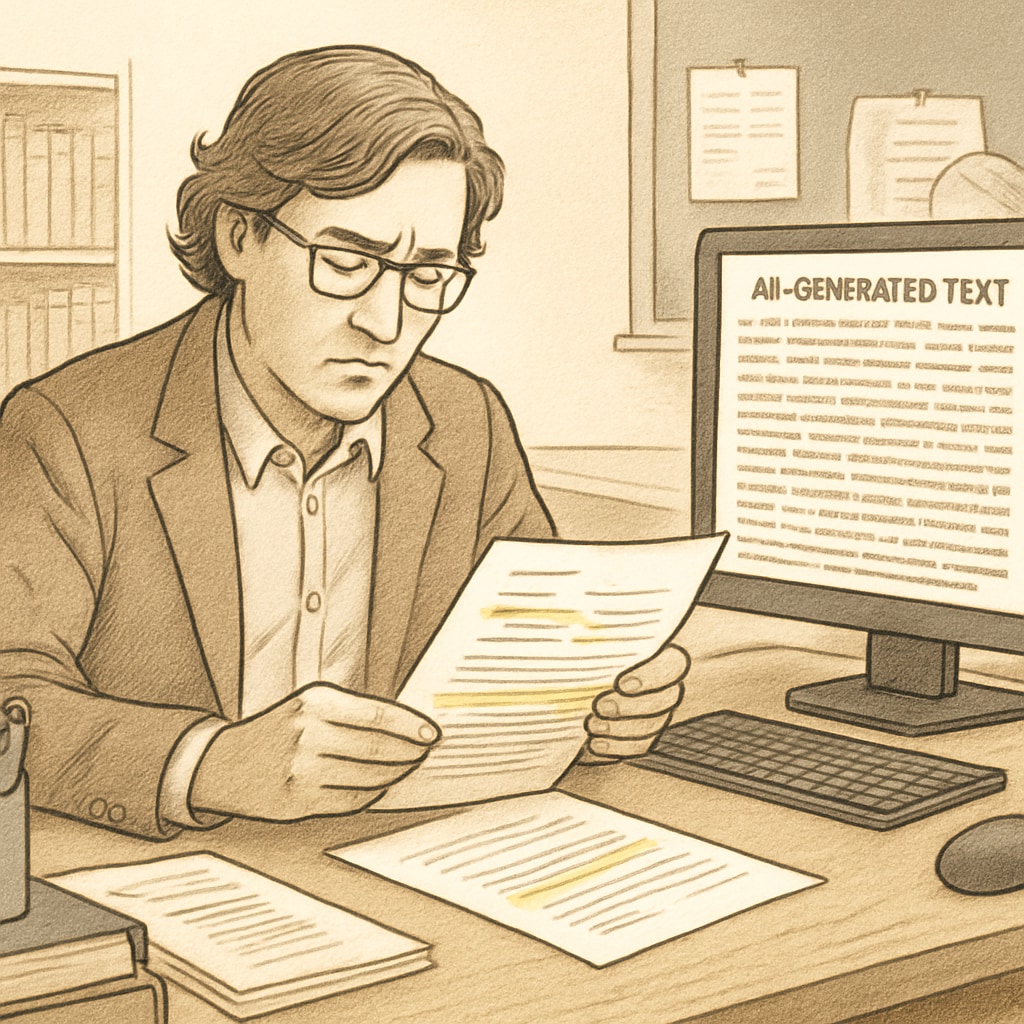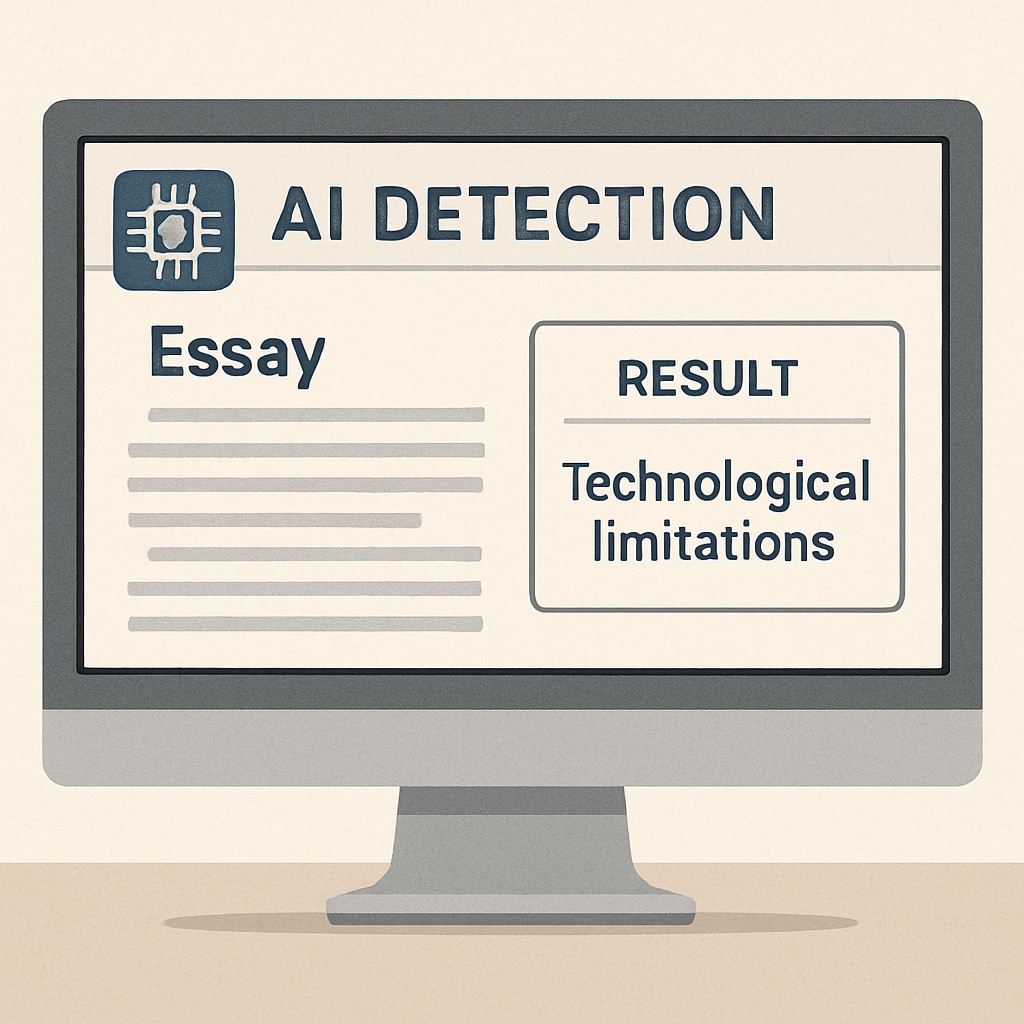AI tools such as ChatGPT are revolutionizing the way students approach assignments, but their widespread use also brings significant challenges for educators. The intersection of “AI tools, academic integrity, detection methods, and education costs” is now a critical topic in modern education. While AI can empower learning, its misuse risks undermining academic integrity and the genuine acquisition of knowledge. This article explores the challenges posed by AI tools, examines the limitations of current detection methods, and offers practical strategies to ensure ethical learning environments.
The Impact of AI Tools on Academic Integrity
AI tools can assist students in generating essays, solving complex problems, and completing assignments with unprecedented ease. However, this convenience raises concerns about academic integrity. Students may use these tools to bypass intellectual effort, leading to superficial learning and an erosion of critical thinking skills. For educators, the challenge lies in distinguishing between work genuinely produced by students and that generated by AI.
For example, AI-generated content often lacks personalization and depth, yet detecting such nuances can be difficult. Educators worry that the misuse of AI tools compromises the authenticity of assessments, making it harder to gauge students’ actual capabilities.

Challenges in Detecting AI-Generated Content
Various detection methods exist, but they have limitations. Platforms like Turnitin have introduced AI detection tools, but no solution guarantees 100% accuracy. AI-generated content often mimics human writing styles, making it difficult to differentiate program-generated text from authentic work.
Additionally, relying solely on detection tools increases education costs, as institutions may need to invest in expensive software and training. These methods also risk alienating students who feel overly scrutinized, potentially creating a culture of mistrust.
Key Limitations of Detection Tools
- False Positives: Genuine student work may be flagged as AI-generated due to similarities in style.
- Adaptability of AI: As AI tools evolve, they become harder to detect.
- Cost Implications: Maintaining detection software can strain institutional budgets.

Strategies for Balancing Innovation and Integrity
To address these challenges, educators must adopt a balanced approach that embraces AI’s potential while safeguarding academic integrity. Here are practical strategies:
Foster Ethical AI Use
- Educate students on the ethical use of AI tools, emphasizing their role as learning aids rather than shortcuts.
- Introduce AI awareness workshops to highlight the benefits and risks of using such technologies.
Redesign Assessments
- Focus on assignments that require critical thinking and creativity, which are harder for AI to replicate.
- Incorporate oral presentations and in-person evaluations to assess students’ understanding.
Invest in Professional Development
- Train educators to recognize patterns indicative of AI-generated content.
- Encourage collaboration between educators and technology experts to refine detection methods.
By adopting these strategies, educators can create a learning environment that values both technological innovation and ethical practices.
Readability guidance: Short paragraphs and clear lists make the content accessible. Use transitions like “however,” “for example,” and “as a result” for smoother flow. Limit long sentences and passive voice.


